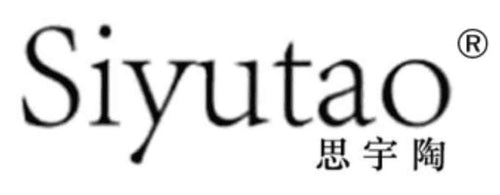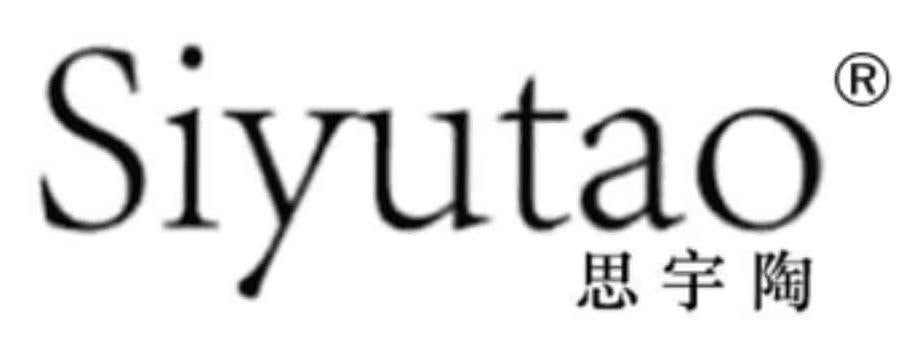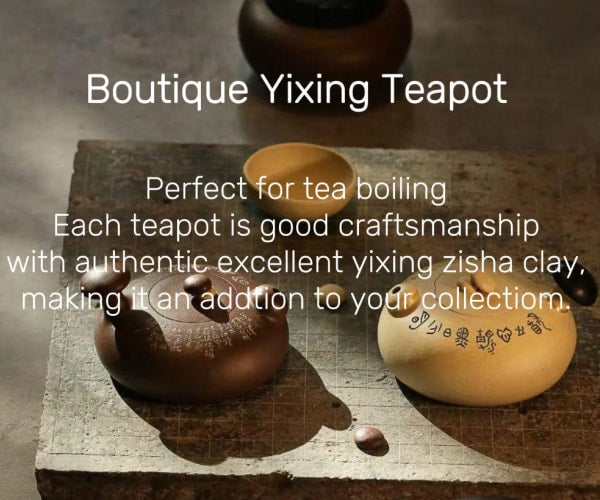Zhuni vs. Zini
Content table
-
Origin & Nature
-
Appearance
-
Working Properties
-
Texture & Sensory Experience
-
Form & Capacity
-
Cultural Legacy
-
The Essence of Choice
1. Origin & Nature:
-
Zhuni (Vermilion Clay):
-
Non-mainstream: Found deep within the clay ore layers.
-
Scarce & Fragmented: Deposits are broken and sparse, requiring meticulous hand-selection. Historically called the "unweathered stone bones."
-
Challenging: Difficult to form alone due to its demanding nature. Traditionally, often used as an engobe (surface slip) rather than the primary body clay.
-

-
Zini (Purple Clay):
-
The Mainstream: The dominant clay for Yixing teaware.
-
"Rock Within a Rock": Found within the broader "Jia Ni" (Armor Clay) ore.
-
Sturdy & Reliable: Possesses a strong, dense structure, allowing it to be formed independently into large, robust vessels.
-

2. Appearance:
-
Zhuni: Fires to a lively, bright spectrum of reds – ranging from vivid orange-reds to deep oxblood. Its surface is often described as graceful, delicate, and radiant, like a "willow-leaf sword."
-
Zini: Fires to rich, deep hues of purple and brown (think roasted chestnuts, chocolate, or dark aubergine). Its aesthetic is profoundly dignified, solid, and composed, likened to a "black iron broadsword."
3. Working Properties:
-
Zhuni:
-
High Difficulty: Challenging forming process.
-
Lower Yield: Success rate around 70%.
-
"Fussy" Nature: Very sensitive and demanding during shaping and firing.
-
Less Forgiving: Narrower tolerance for kiln temperature variations.
-
-
Zini:
-
Easier to Work: More forgiving and flexible for potters.
-
Higher Yield: Greater success rate in firing.
-
Kiln Tolerant: Accommodates a wider range of firing temperatures.
-
4. Texture & Sensory Experience:
-
Texture:
-
Zhuni: Particles are exceptionally fine, resulting in a very smooth, dense surface with good translucency (especially in thin sections).
-
Zini: Has a more open pore structure, giving a distinctly grainier, more textured feel.
-
-
Sound (The Tap Test):
-
Zhuni: Produces a higher-pitched, clear, resonant ring, often compared to a female voice.
-
Zini: Yields a deeper, lower-pitched, more muted "clunk", resonant but richer and more somber, like a male voice.
-
5. Form & Capacity:
-
Zhuni:
-
Simpler Shapes: Often limited to clean, geometric forms ("guangsu" - 光素) due to its challenging nature and tendency to warp.
-
Smaller Capacity: Typically crafted into smaller teapots, prized for delicate, fragrant teas.
-
-
Zini:
-
Diverse Shapes: Strength allows for vast diversity – round, square, hexagonal, sculpted ("huadiao" - 花雕).
-
Larger Capacity: Confidently used to create larger teapots, suitable for almost any tea type.
-
6. Cultural Legacy:
-
Zhuni: The International Icon:
-
While rooted in Yixing, Zhuni's vibrant red repeatedly ignited global trends:
-
17th Century Europe: Fueled the craze for Chinese "red porcelain" exports.
-
Post-1860s Japan: "Zhuni ware" (朱泥烧) caused a sensation in tea and pottery circles.
-
Late Ming to Republic Era: The red "Shuiping Hu" (水平壶, level pot) became iconic in Southern Fujian, Taiwan, and Southeast Asia.
-
-
Inspired Imitation: Zhuni's allure led to widespread attempts at replication in Europe (red stoneware), Japan, and Chaozhou/Taiwan, profoundly influencing local teapot styles and tea cultures.
-
-
Zini: The Unbroken Tradition:
-
Represents the dominant, continuous lineage within the Jiangnan region (south of the Yangtze) for over five centuries.
-
Modern Flourishing: Its appreciation has powerfully surged in Hong Kong and Taiwan, solidifying its status as the cornerstone of contemporary Yixing collecting and use. It embodies the enduring soul of Yixing craftsmanship.
-
The Essence of Choice:
Selecting between Zhuni and Zini transcends mere color preference. It's about connecting with distinct energies:
-
Zhuni: The fiery, expressive, delicate virtuoso. Captivating yet demanding, historically a global trendsetter, offering brilliance and resonance in a smaller, jewel-like form.
-
Zini: The deep, stable, versatile master. Reliable, profound, and the enduring heart of the tradition, offering strength, earthy texture, and adaptability in diverse forms and sizes.



